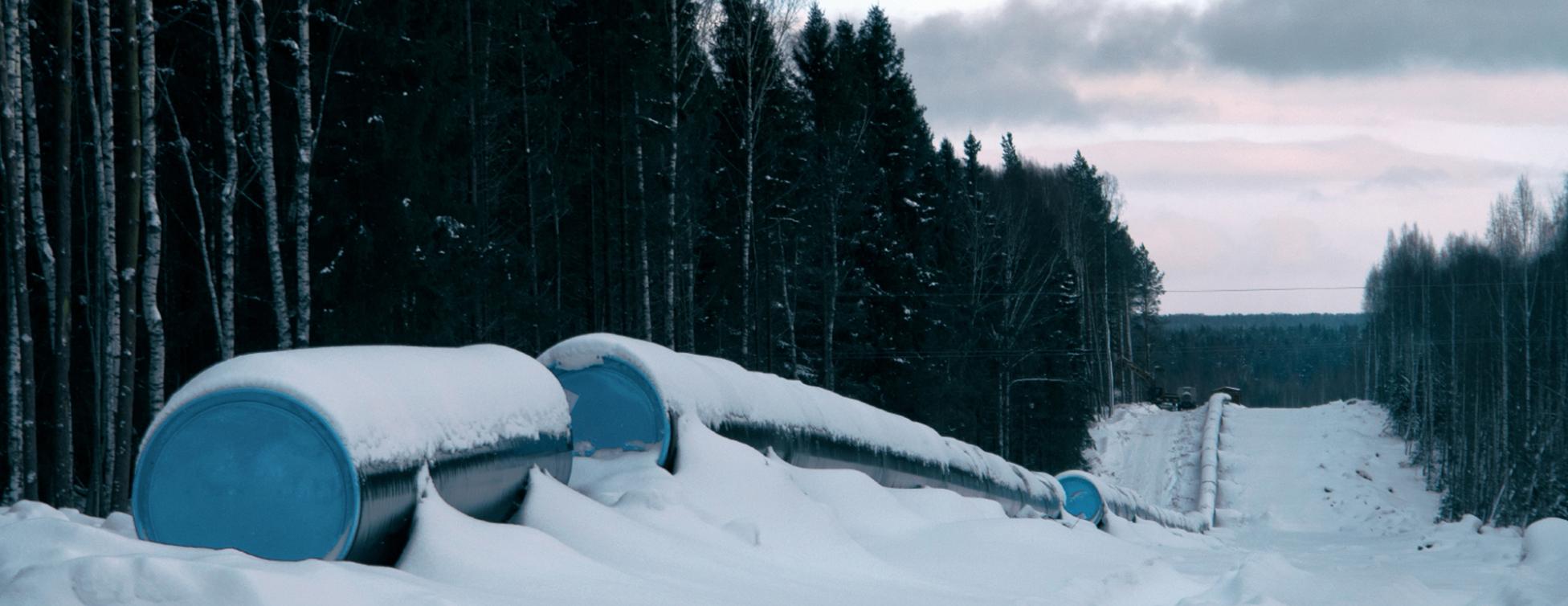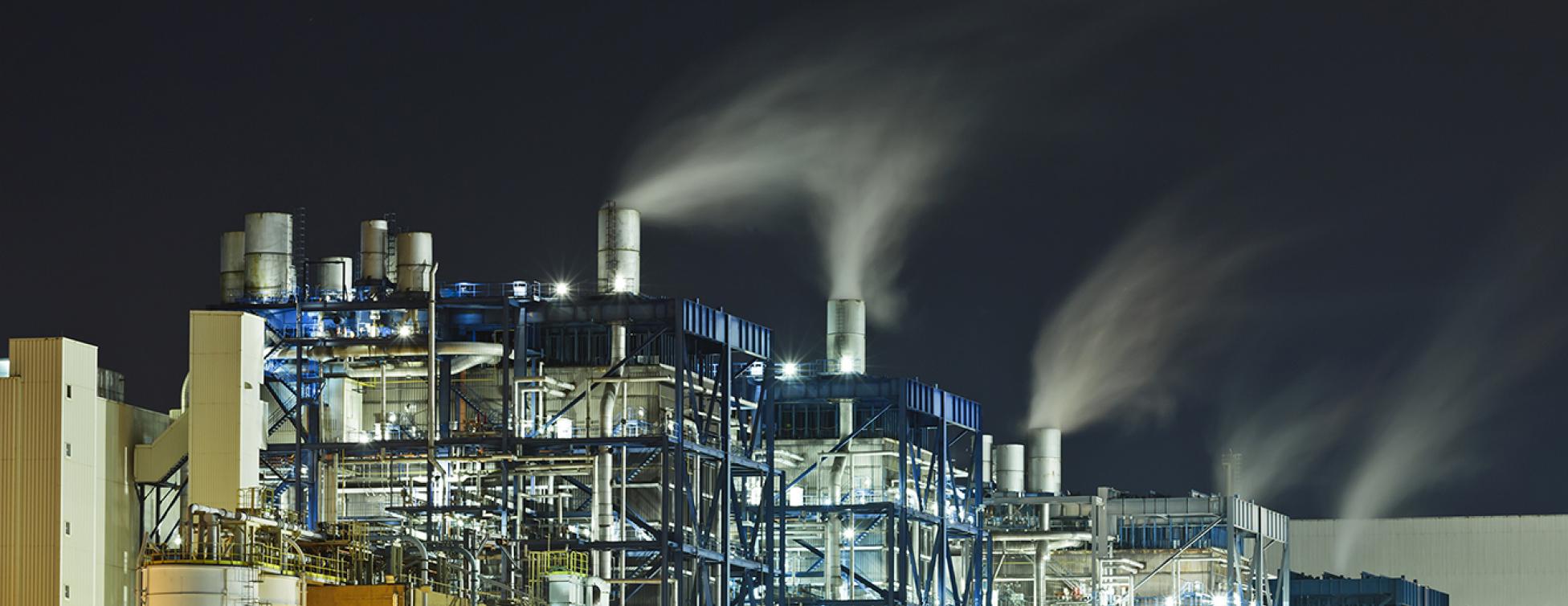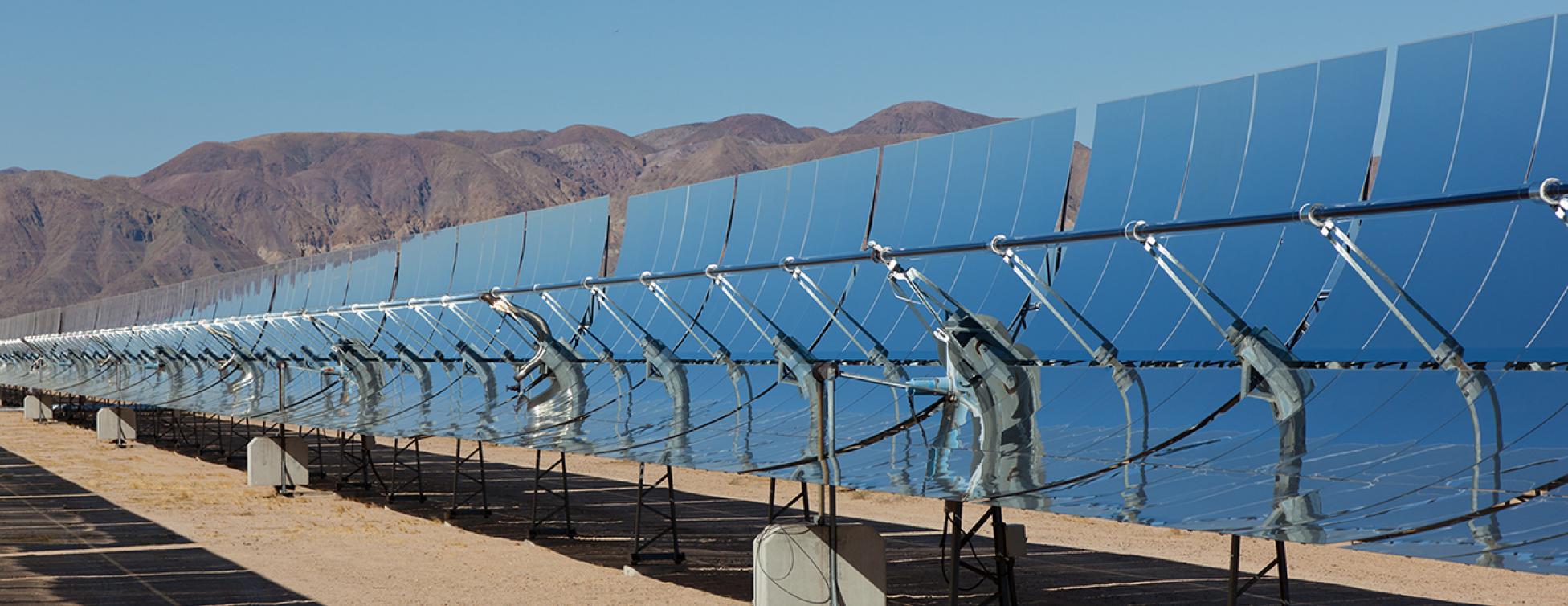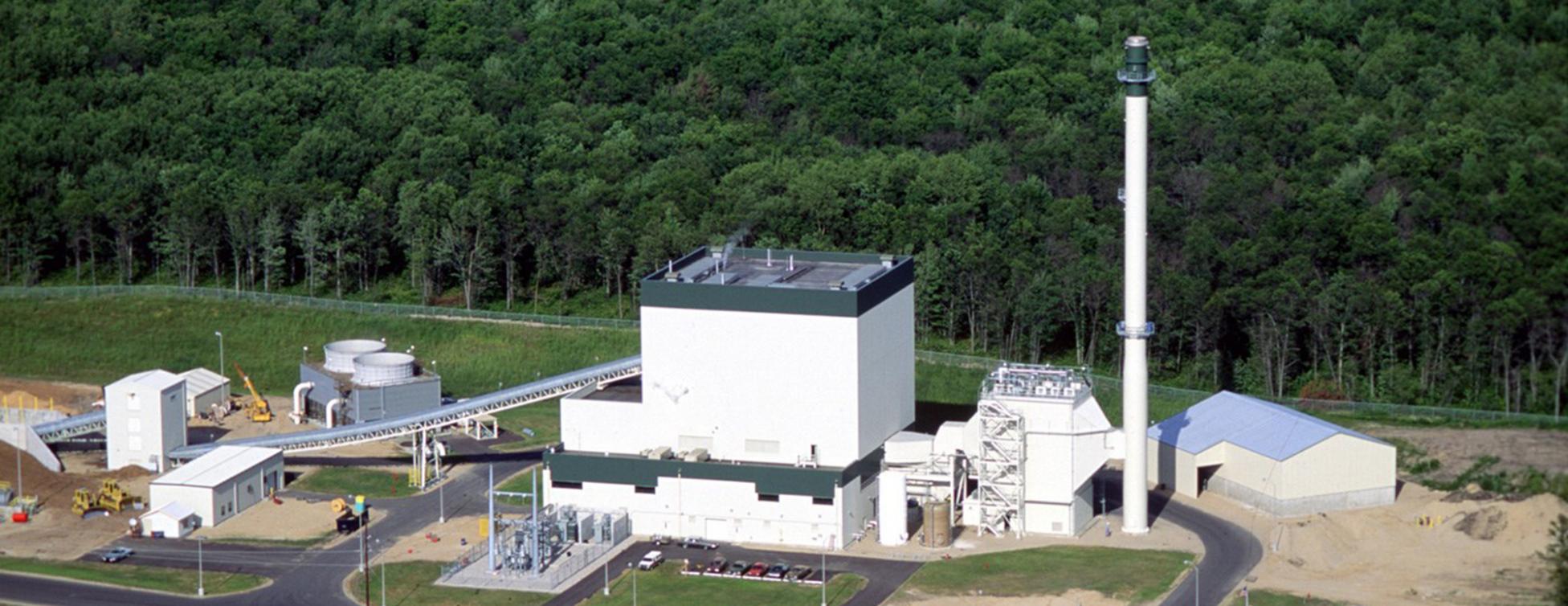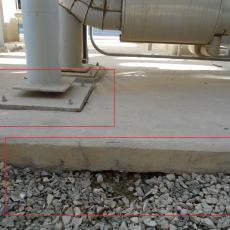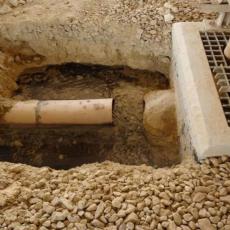Civil
Pillars of Salt & Sand (and Plastic)...
Piers are structural. This necessitates that they are installed correctly with every detail.
As with most construction defects, this is a simple problem of unskilled and unsupervised workers. The problem is compounded by a contractor culture that allows a QC program to run as a "paper" generating endeavor completely disassociated from the facts of field performance. In many cases, it's evident that there is no inspection. This is such a case...
Grout must be installed where to concrete conditions conform to the manufacturers recommendations to assure a strong bond between the materials (concrete and grout). Typically, this involves a rough surface, clear of debris, and free of any existing concrete surface coating, and similar.
Well, in this case, it's hard to imagine how these piers ended up with plastic trash being embedded at the bonding joint, among other concerns.
One certainty, there was no engaged contractor QC or owner involvement.
Essentially none...
In the future, the piers will need to be re-grouted as routine maintenance. Unknown cost.
Piers, Sort of
Sometimes people ask us how new plants end up completing so badly. EPR is not typically engaged to develop a well-studied opinion about the details of execution failure, so we tend to stay away from speculation and focus on the task of Verification of Mechanical Completion. However, we can suggest with a high degree of confidence that plants that exit construction/commissioning in poor condition are almost never resulting from engineering failures. Yes, sometimes there are oversights and errors in the plans and specifications, but it is rare enough and usually minor enough to allow us to broadly conclude execution problems are at the site.
This is one example. The drawings indicated a pier design with a spread footing to effectively keep the pier in a fixed position when loaded from pipe stress. However, the site decided to precast piers with a greatly reduced footing area, which contravened the design.
This has resulted in about 300 piers that have settled and been pushed out of plumb by piping forces. Further, the depth of cover is not suitable (<250mm) compared with the original... Read more
Some, but relatively minor. ~$25,000.
The cost of replacement is small compared to the damage to rotating equipment and other components.
No-No-Shrink Grout
Most structural designers call for an inch or two of no-shrink grout below the baseplates of structural columns. While anchor bolts are installed with nuts to jack and plumb a column, the load is intended to be carried largely by the grout. This means that it needs to be installed on a prepared surface, mixed correctly, and placed with good workmanship to the approximate depth required.
In almost every developing country where EPR has inspected plants, the same recurring problems are visible. Typically, the workman are unaware of the purpose for the grout and methods required to create an acceptable final product.
In the photos, at least three major flaws are shown. First, the foundation surface was not bushed prior to setting the column and instead some half-effort to rough around the joint is attempted. Second, there is insufficient space to apply grout below the baseplate. Third, the grout is poured around the joint, as opposed to being packed under the baseplate. It is clear the workman think grout is simply a "dressing" rather than a purposeful component of the structural system.
... Read moreNo Savings.
Most of the time, the condition is not repairable. Owner had to accept the defect.
Settle for More!
In nearly every developing country location, plants evaluated by EPR have exhibited very poor performance of soil compaction, especially related to area paving.
At one facility, a more extensive review was conducted because significant settling was evident in dozens of areas. In the first photo, not only is the area paving soil consolidating, so is the soil below the pipe support foundation, which rendered the support ineffectual. Some of the other pictures show images taken from a borescope beneath a slab where the soil had consolidated in the 12 months after the slab was poured. The findings included exposed rebar, construction debris, form work, voids, unconsolidated concrete, and improper slab thickness/finish. In all, technically nothing about the installation was acceptable.
In the last photo, a small crew can be observed preparing soil for finish grade. It exhibits well the nature of the problem. Simply, the crew did not have the tools or knowledge to perform the work correctly. QC was also not likely to be involved to verify soil density. However, it's a safe bet the QC... Read more
Minimal.
Owner will live with poor conditions and possible operator injury. Ongoing O&M cost.
Anchors Away!
Contractors sometimes take an extraordinary short-term view of their obligations.
At one plant EPR evaluated the owner's engineer had agreed to waive the contract requirement that all embeds were to be hot dip galvanized. The back-story is that the contractor managed to get late on anchor bolt delivery and wanted to skip the delay associated with galvanizing. It is also worth noting that this location was in a polluted location, in a hot humid region, on the sea. This simply means corrosion concerns are very serious.
The photographs were taken before the first unit even reached first fire. Already, the anchor bolts exhibit heavy corrosion and loss of substrate material at the threads.
Within a couple years of COD, it is conservative to expect the anchor bolts to be essentially non-existent. It's not clear how the foundations and structure will resist uplift forces without compromise and risk to the structure.
The "fix" at that time was to add galvanized nuts on top of the previously un-galvanized nuts. Sort of...
Non-Critical Path time was saved. Minimal cost.
Repair is difficult. Cost of structural failure could be high if a material uplift condition occurs.
Adverse Shrinkage
In a Middle East plant inspected, recurring problems with the process drain system was discovered. It originated from a design flaw where the desalination units had to be blown down more robustly than anticipated to achieve proper conductivity in the steam cycle. To compound the process control difficulty, the drain material selected by the EPC contractor was PVC, which simply cannot stand elevated temperatures.
PVC is interesting because unlike may materials it's strength simply disappears once the working fluid gets to about 140F. It also shrinks axially when it undergoes heating and cooling cycles. For condensate drains to be routed to sumps which feed an underground network of PVC piping material is certainly a high-risk proposition.
After a bit of excavation and diagnosis, it was confirmed that the process water overflow of the sumps was from collapsed drain lines, piping that pulled away from the sumps, and other similar failures.
The only permanent remedy is to replace the PVC with a material that can withstand condensate temperatures of 212F.
This is an engineering... Read more
There were probably minor savings, amount unknown.
Once repair costs under Warranty considered, this was costly for the Contractor.



